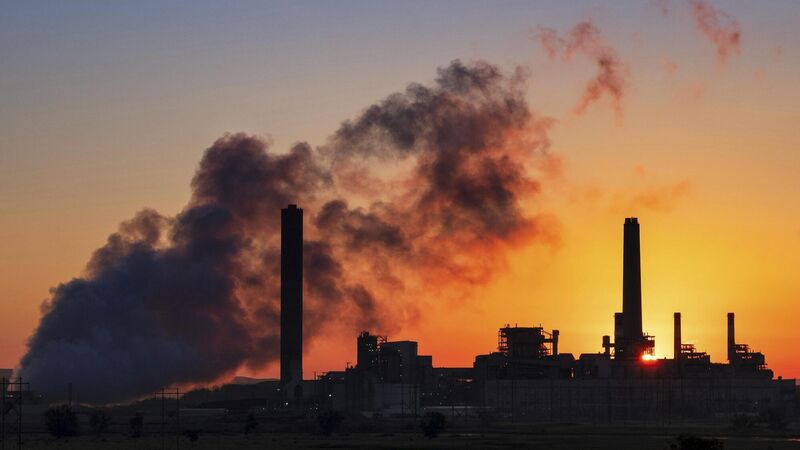EU emissions rise overall, but agriculture bucks the trend

Increases in greenhouse gas emissions were estimated for 20 member states. File photo/J. David Ake
The news that greenhouse gas emissions from agriculture, forestry and fishing across the European Union fell 1.4% year-on-year for the first three months of 2025 will help to spare blushes in Ireland.
Emissions from this sector in Ireland were estimated to have increased by 8.7% in the same period. But EU emissions for the sector still fell, due to Ireland's small presence in the EU scale of things, and to the lesser importance of emissions from agriculture at the EU level.
The EU economic sectors contributing the most to emissions are households (25.5%), electricity and gas supply (19.3%), and manufacturing (18.6%).
The rest of the EU economy, which is deemed responsible for around quarter of the emissions, includes agriculture, forestry, fishing, mining, quarrying, construction, water supply, sewerage, waste management, and services (except for transportation and storage).
In contrast, in Ireland, around 37% of emissions are attributed to agriculture.
Across the EU, the combined agriculture, forestry and fishing sector was one of three sectors in which emissions decreased, compared to the same three months last year. Along with its 1.4% reduction, there was a 0.2% reduction in emissions from manufacturing, and 2.9% less attributed to transportation and storage.
The two economic sectors responsible for the largest year-on-year increases in EU emissions were the electricity, gas, steam and air conditioning supply (up 13.6%); and households (up 5.6%).
Overall, the EU economy's greenhouse gas emissions were estimated at 900 million tonnes of carbon dioxide equivalents, which is a 3.4% increase compared with the first quarter of 2024, while the EU’s gross domestic product registered only a 1.2% increase.
Increases in greenhouse gas emissions were estimated for 20 member states. The largest were in Bulgaria (up 17.4%); Czechia (up 10.7%); and Cyprus (up 8.4%). Poland, Hungary and Greece also had emission increases of more than 5%.
The largest decreases were in Malta (down 6.2%); Finland (down 4.4%); and Denmark (down 4.3%).
But Ireland deserves mention also when comparing GDP and emissions. It had by far the EU's biggest jump in GDP compared with the same quarter of last year.
Although the rise in GDP indicated that the Irish economy increased by nearly 19% (attributed to a surge in pharmaceutical exports to the US ahead of threatened tariffs), Irish emissions increased by only 2.9%.
However, the Irish government cautions against using GDP to gauge economic growth, because GDP is distorted by the activities of foreign multinationals.
CLIMATE & SUSTAINABILITY HUB












